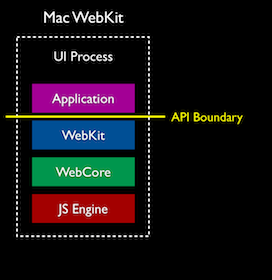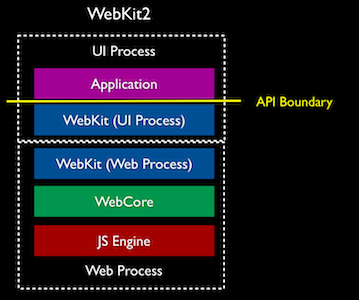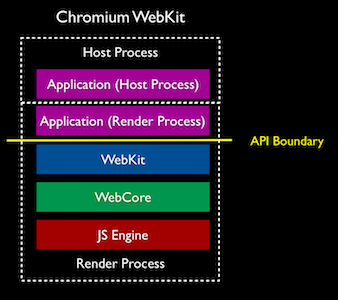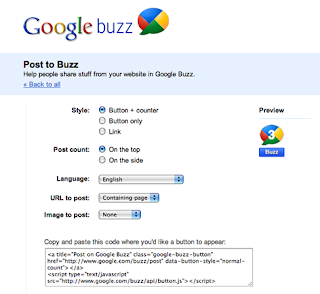\( \text{\eqcirc = } \eqcirc \)
\( \text{\lesseqgtr = } \lesseqgtr \)
\( \text{\gtreqless = } \gtreqless \)
\( \text{\lesseqqgtr = } \lesseqqgtr \)
\( \text{\gtreqqless = } \gtreqqless \)
\( \text{\Rrightarrow = } \Rrightarrow \)
\( \text{\Lleftarrow = } \Lleftarrow \)
\( \text{\veebar = } \veebar \)
\( \text{\barwedge = } \barwedge \)
\( \text{\doublebarwedge = } \doublebarwedge \)
\( \text{\measuredangle = } \measuredangle \)
\( \text{\sphericalangle = } \sphericalangle \)
\( \text{\varpropto = } \varpropto \)
\( \text{\smallsmile = } \smallsmile \)
\( \text{\smallfrown = } \smallfrown \)
\( \text{\Subset = } \Subset \)
\( \text{\Supset = } \Supset \)
\( \text{\Cup = } \Cup \)
\( \text{\Cap = } \Cap \)
\( \text{\curlywedge = } \curlywedge \)
\( \text{\curlyvee = } \curlyvee \)
\( \text{\leftthreetimes = } \leftthreetimes \)
\( \text{\rightthreetimes = } \rightthreetimes \)
\( \text{\subseteqq = } \subseteqq \)
\( \text{\supseteqq = } \supseteqq \)
\( \text{\bumpeq = } \bumpeq \)
\( \text{\Bumpeq = } \Bumpeq \)
\( \text{\lll = } \lll \)
\( \text{\ggg = } \ggg \)
\( \text{\circledS = } \circledS \)
\( \text{\pitchfork = } \pitchfork \)
\( \text{\dotplus = } \dotplus \)
\( \text{\backsim = } \backsim \)
\( \text{\backsimeq = } \backsimeq \)
\( \text{\complement = } \complement \)
\( \text{\intercal = } \intercal \)
\( \text{\circledcirc = } \circledcirc \)
\( \text{\circledast = } \circledast \)
\( \text{\circleddash = } \circleddash \)
\( \text{\lvertneqq = } \lvertneqq \)
\( \text{\gvertneqq = } \gvertneqq \)
\( \text{\nleq = } \nleq \)
\( \text{\ngeq = } \ngeq \)
\( \text{\nless = } \nless \)
\( \text{\ngtr = } \ngtr \)
\( \text{\nprec = } \nprec \)
\( \text{\nsucc = } \nsucc \)
\( \text{\lneqq = } \lneqq \)
\( \text{\gneqq = } \gneqq \)
\( \text{\nleqslant = } \nleqslant \)
\( \text{\ngeqslant = } \ngeqslant \)
\( \text{\lneq = } \lneq \)
\( \text{\gneq = } \gneq \)
\( \text{\npreceq = } \npreceq \)
\( \text{\succneqq = } \succneqq \)
\( \text{\precneqq = } \precneqq \)
\( \text{\precnapprox = } \precnapprox \)
\( \text{\succnapprox = } \succapprox \)
\( \text{\lnapprox = } \lnapprox \)
\( \text{\gnapprox = } \gnapprox \)
\( \text{\nsim = } \nsim \)
\( \text{\ncong = } \ncong \)
\( \text{\diagup = } \diagup \)
\( \text{\diagdown = } \diagdown \)
\( \text{\varsubsetneqq = } \varsubsetneqq \)
\( \text{\varsupsetneqq = } \varsupsetneqq \)
\( \text{\subsetneqq = } \subsetneqq \)
\( \text{\supsetneqq = } \supsetneqq \)
\( \text{\nparallel = } \nparallel \)
\( \text{\nmid = } \nmid \)
\( \text{\nshortmid = } \nshortmid \)
\( \text{\nshortparallel = } \nshortparallel \)
\( \text{\nvdash = } \nvdash \)
\( \text{\nVdash = } \nVdash \)
\( \text{\ntrianglerighteq = } \ntrianglerighteq \)
\( \text{\ntrianglelefteq = } \ntrianglelefteq \)
\( \text{\ntriangleleft = } \ntriangleleft \)
\( \text{\ntriangleright = } \ntriangleright \)
\( \text{\nleftarrow = } \nleftarrow \)
\( \text{\nrightarrow = } \nrightarrow \)
\( \text{\nLeftarrow = } \nLeftarrow \)
\( \text{\nRightarrow = } \nRightarrow \)
\( \text{\nLeftrightarrow = } \nLeftrightarrow \)
\( \text{\nleftrightarrow = } \nleftrightarrow \)
\( \text{\divideontimes = } \divideontimes \)
\( \text{\varnothing = } \varnothing \)
\( \text{\nexists = } \nexists \)
\( \text{\Finv = } \Finv \)
\( \text{\Game = } \Game \)
\( \text{\eth = } \eth \)
\( \text{\eqsim = } \eqsim \)
\( \text{\beth = } \beth \)
\( \text{\gimel = } \gimel \)
\( \text{\daleth = } \daleth \)
\( \text{\lessdot = } \lessdot \)
\( \text{\gtrdot = } \gtrdot \)
\( \text{\ltimes = } \ltimes \)
\( \text{\rtimes = } \rtimes \)
\( \text{\shortmid = } \shortmid \)
\( \text{\shortparallel = } \shortparallel \)
\( \text{\smallsetminus = } \smallsetminus \)
\( \text{\thicksim = } \thicksim \)
\( \text{\thickapprox = } \thickapprox \)
\( \text{\approxeq = } \approxeq \)
\( \text{\succapprox = } \succapprox \)
\( \text{\precapprox = } \precapprox \)
\( \text{\curvearrowleft = } \curvearrowleft \)
\( \text{\curvearrowright = } \curvearrowright \)
\( \text{\digamma = } \digamma \)
\( \text{\varkappa = } \varkappa \)
\( \text{\Bbbk = } \Bbbk \)
\( \text{\hslash = } \hslash \)
\( \text{\backepsilon = } \backepsilon \)



































